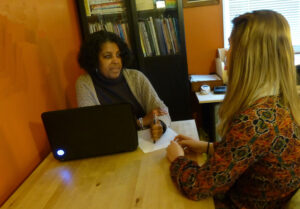
Black, Brown & Female Children Less Likely to Receive Intervention for Communication Disorders
Communication disorders detected between 0-3 years of age, are eligible for free early intervention services. Many communication challenges can be addressed at that time, and







